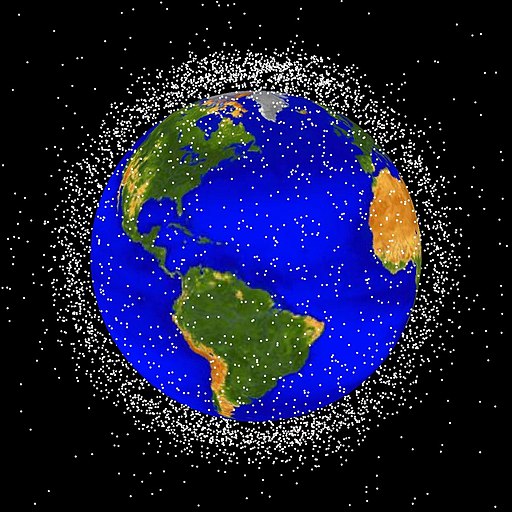
Io would have more than 400 active volcanoes on its surface
– News of January 7, 2019 –
Currently in orbit around Jupiter, the Juno space probe took a picture of Io, which highlights a volcanic plume on this moon of Jupiter. This photo reminds how Io is a unique and violent world. Of the four great moons of Jupiter, called the Galilean moons, Io is the one that orbits closest to the gas giant. This situation submit it to colossal tidal forces. Io also has a different composition from most other objects in the external solar system. This moon of Jupiter is very poor in water and ice, but has many rocks. It therefore looks more like the planets of the inner solar system, like the planet Earth. That is why Io is the object of the solar system that has the strongest volcanic activity.
It is actually the only place outside the Earth where there are active volcanoes. The Galilean moon would have more than 400 active volcanoes. The plume observed by Juno is therefore commonplace on Io. Almost all the space probes that passed near Io have recorded similar plumes. The most impressive images were taken by New Horizons, when the space probe had performed a gravitational assist maneuver around Jupiter on its way to Pluto. The plume was more than 300 kilometers high in the photographs taken by New Horizons.
At the end of 2017, Juno had observed the birth of a new volcano. As the moon of Jupiter will continue to be attracted by the attraction of the giant planet and its orbital resonance with other Galilean moons, its volcanoes should remain active for a very long time.
The essentials about Io
Diameter: 3,642 km
Io is an amazing little world. It orbits Jupiter in 1.8 days and has 400 active volcanoes that were only discovered when Voyager space probes flew over Jupiter. Like the three other large moons of Jupiter, it was discovered by Galileo in 1610.
Sometimes Io is said to look like a pizza because its surface is covered with sulfur and sulfur dioxide. Unlike other moons in the solar system, it is made up of silicate rocks that surround a core of molten iron.
Heat is produced by the gravitational compression effect of Jupiter. Io is so close to the giant planet that there are strong interactions between Io, the radiation belts and the magnetic field of Jupiter. The moon is bombarded with huge amounts of radiation every day.
Image by Galileo Project, JPL, NASA









